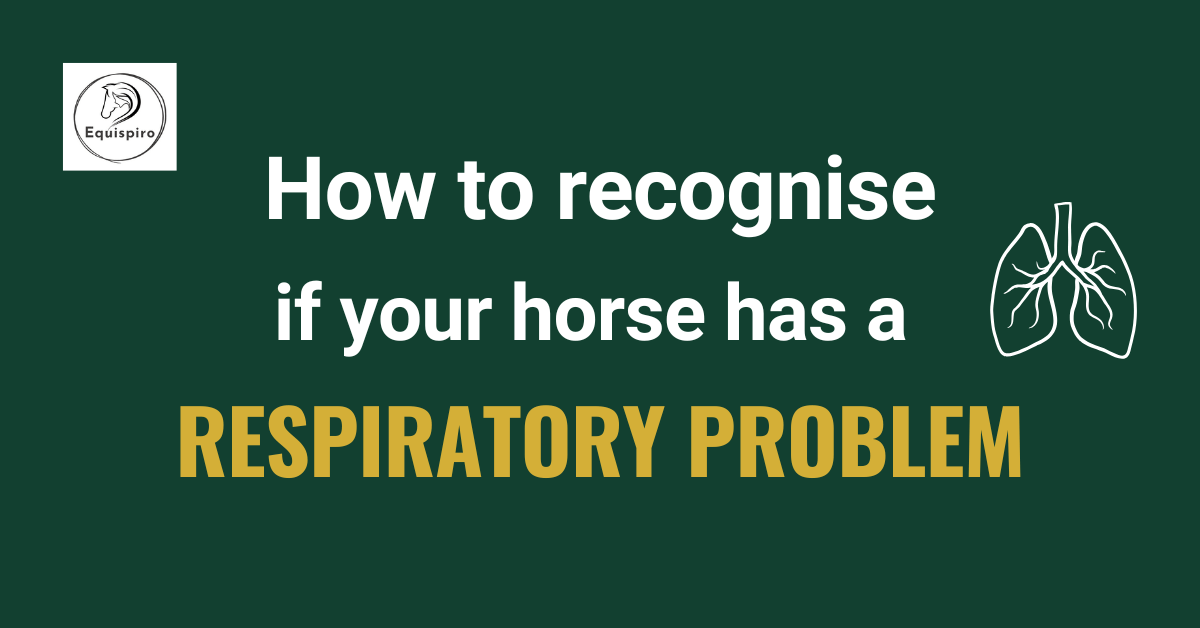Breathing is life — and for horses, a healthy respiratory system is not only essential for survival, but also for performance and general well-being. However, respiratory problems in horses are common and often develop insidiously, so they are easily overlooked until they affect training or daily comfort.
As a horse owner, knowing what to look for and how to respond can make all the difference.
What are typical symptoms of respiratory problems in horses?
Early detection is key. Look out for the following signs:
1. Coughing
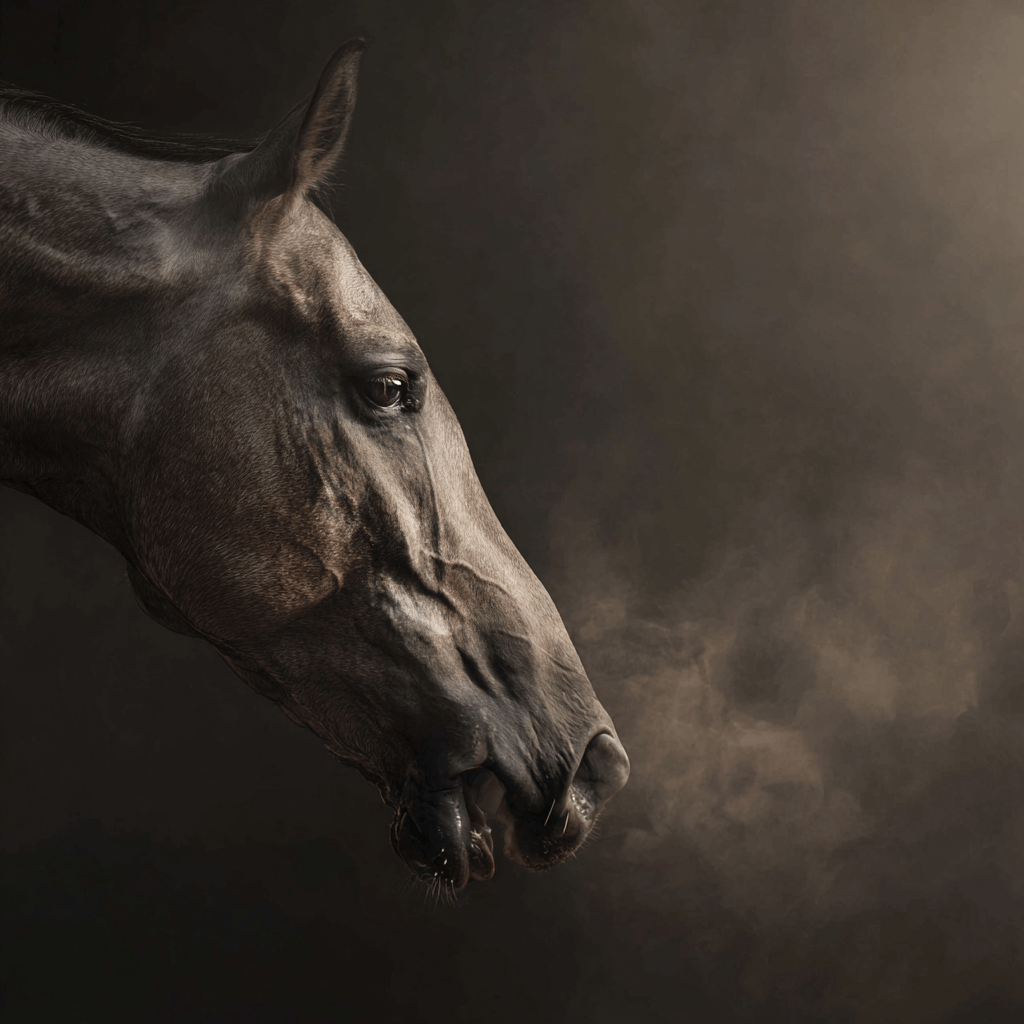
- An occasional cough is not always a problem.
- Frequent, dry or persistent coughing, especially during labour, may indicate inflammation or irritation of the airways.
- A wet or “productive” cough may indicate an infection.
2. Sluggish or noisy breathing
- Listen for wheezing, whistling or rattling noises.
- Swollen nostrils or visible effort when breathing — especially at rest — are serious warning signs.
3. Increased breathing rate
- A healthy adult horse breathes about 8–16 times per minute at rest.
- If it breathes faster at rest or does not return to normal breathing after exercise, this may be a warning sign.
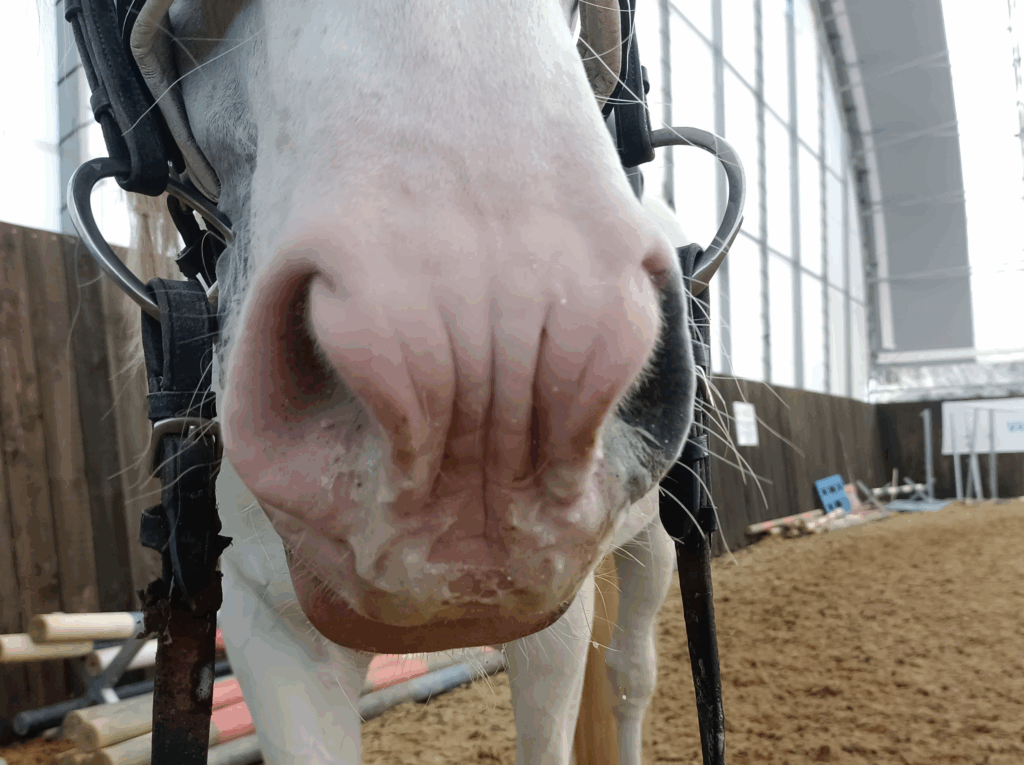
4. Nasal discharge
- Clear discharge is common with allergies or mild irritation.
- Thick, yellow or green mucus may indicate a bacterial infection or a more serious condition such as pneumonia.
5. Lifting effect
- In chronic cases, you may notice a visible muscle line along the abdomen caused by increased effort when exhaling — a classic sign of equine asthma or RAO.
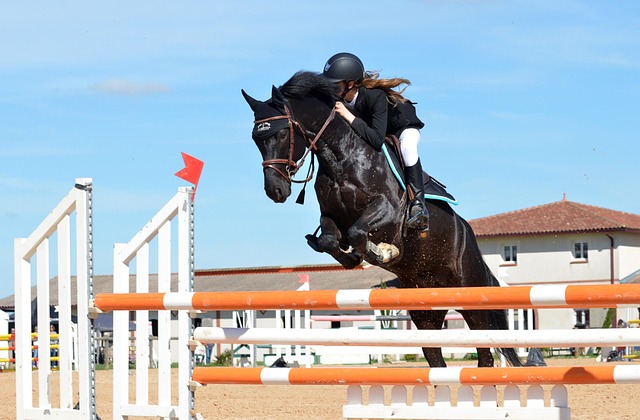
6. Exertion intolerance
- If your horse struggles with light work, tyres quickly or refuses to move forward, it could be due to a lack of oxygen intake.
What are the most common causes of respiratory diseases?
Some causes are seasonal, others are environmental or infectious. The main causes include:
Environmental triggers
- Dust from bedding, hay or the arena floor
- Mouldy or poor quality hay
- Ammonia vapours from urine in unclean stables
- Smoke, risk of forest fires or poor air quality
Allergies and chronic diseases
- Recurrent airway obstruction (RAO) – formerly known as “coughing”
- Inflammatory airway disease (IAD) – occurs in young horses, often subclinical
- Equine asthma – a generic term for chronic respiratory diseases
Infections
- Equine influenza, strangulosis and rhinopneumonitis (EHV)
- Bacterial bronchitis or pneumonia
What you can do: Prevention and management
You can’t control everything, but you can greatly reduce the risk with the right care:
Stable environment
- Ensure good ventilation — avoid closing windows too tightly in winter
- Avoid deep litter bedding and opt for dust-free alternatives (e.g. wood pellets, paper or rubber mats)
- Remove manure and wet bedding daily to reduce the ammonia content.
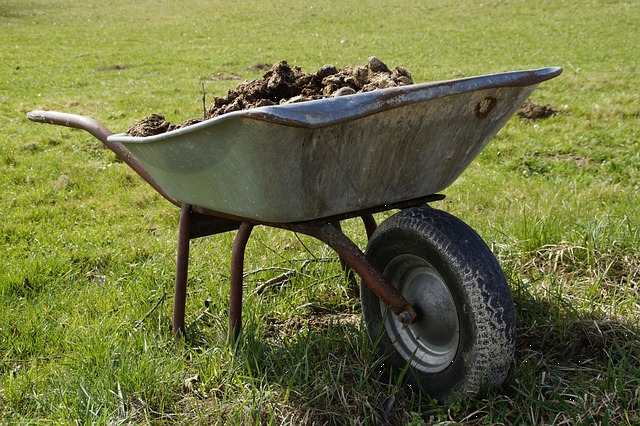
Feed management
- Use hay steamers (like Haygain) to reduce dust and allergens.
- Avoid feeding hay from nets hung at head height — this encourages inhalation of particles.
- Consider haylage if necessary.
Veterinary assessment
- Do not wait. Chronic problems can worsen without proper diagnosis.
- Your vet may recommend the following:
- Endoscopy or lung lavage
- Nebulisation therapy
- Testing for environmental allergies
- Anti-inflammatory medications
Supportive therapies
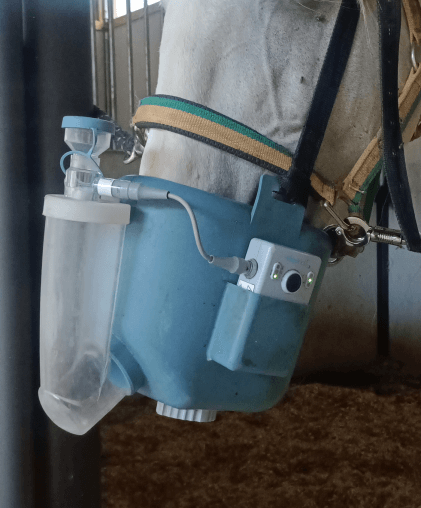
- Inhalers or nebulisers (e.g. Flexineb) deliver medication directly into the lungs.
- Salt therapy (halotherapy) is being investigated for its benefits in chronic cases.
When you should call the vet immediately?
- Sudden breathing difficulties
- Thick nasal discharge with fever
- Heavy breathing of the horse at rest
- Refusal to move or eat in combination with one of the above symptoms
Conclusion
Your horse can’t tell you when his breathing becomes laboured — but his body can. If you recognise subtle signs early and make changes to the environment, feeding and care strategy, you can often prevent or manage breathing problems before they become serious.
Stay vigilant. Stay informed. And if in doubt, always consult your vet.

